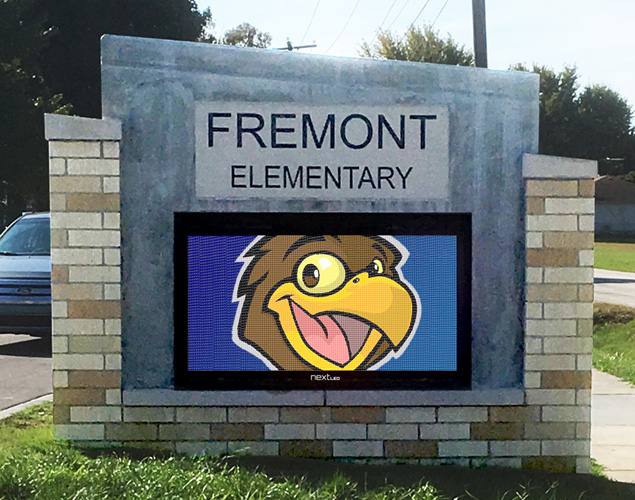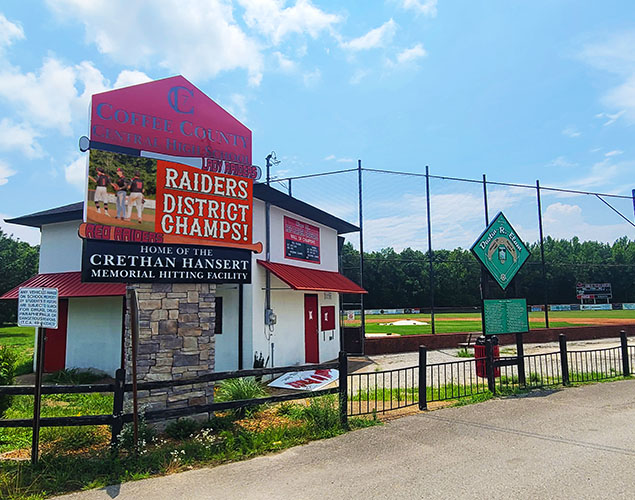A Sign Master Plan is a comprehensive document that outlines the design, placement, and management of all signage within a specific area. It provides detailed guidance on sign types, locations, dimensions, materials, and visual aesthetics, ensuring a unified and consistent signage system. This plan is commonly used for developments like shopping centers, corporate campuses, hospitals, schools, residential communities, and urban districts.
A well-executed Sign Master Plan not only enhances the functionality of a site but also contributes to its overall visual appeal and accessibility. Below are the key elements typically included in a Sign Master Plan, along with its benefits.

Key Elements of a Sign Master Plan
Site Analysis: A thorough evaluation of the existing site conditions is the foundation of any Sign Master Plan.
- Components to evaluate:
- Traffic patterns: Assess vehicle and pedestrian movement to determine optimal sign locations for visibility and safety.
- Pedestrian flow: Identify key walking routes to ensure wayfinding signage is strategically placed.
- Viewsheds: Analyze lines of sight to avoid visual obstructions and ensure signs are clearly visible from critical vantage points.
- Existing signage inventory: Evaluate current signs for consistency, usability, and potential conflicts with new signage.

Sign Type Identification: A clear classification of the types of signs needed, based on their function within the site. This ensures every need is addressed without redundancy.
- Common sign types include:
- Directional signs: Guide visitors to specific locations within the site, such as entrances, parking lots, or restrooms.
- Informational signs: Display details like hours of operation or site-specific policies.
- Regulatory signs: Communicate rules and restrictions, such as speed limits or “No Parking” zones.
- Wayfinding signs: Help navigate larger, more complex areas like campuses, airports, or malls.
- Tenant identification signs: Highlight businesses or tenants within a multi-use property, such as a shopping center.
- Landmark or branding signs: Establish a site’s identity, often featuring logos or key design elements.
Sign Location Mapping: Mapping out precise placements for each sign across the site.
- Key considerations:
- Visibility: Signs should be placed where they are easily seen by pedestrians and drivers, avoiding obstructions like trees or buildings.
- Accessibility: Locations should comply with ADA (Americans with Disabilities Act) requirements to ensure all visitors can access and read signage.
- Designated zones: Assign specific areas for particular types of signage to avoid clutter and confusion.

Sign Design Guidelines: Establishing a consistent visual identity across all signage ensures a cohesive look.
- Key elements to define:
- Typography: Use legible fonts that align with the site’s branding.
- Color schemes: Select a palette that complements the property’s aesthetics while ensuring readability.
- Graphics and logos: Incorporate branding elements in a way that enhances, rather than overwhelms, the design.
- Materials: Specify materials (e.g., metal, acrylic, wood) that match the property’s architectural style and functional needs.
Sign Size and Dimensioning: Determining appropriate dimensions for each sign type.
- Key factors to consider:
- Readability: Signs should be easily readable from the intended viewing distance, whether for drivers or pedestrians.
- Proportionality: Ensure sign sizes are proportional to their surroundings to avoid visual clutter or overwhelming the environment.
Material Specifications: Material selection impacts the durability, maintenance, and aesthetic appeal of signage.
- Considerations include:
- Weather resistance (e.g., UV-protected finishes for outdoor signs).
- Low-maintenance options to minimize upkeep costs.
- Compatibility with the site’s overall design theme.
Regulatory Compliance: Adhering to local zoning ordinances, sign codes, and permitting processes is critical to avoid legal and financial setbacks.
- Compliance includes:
- Meeting size, height, and brightness restrictions.
- Acquiring necessary permits from city, county, or state authorities.
- Addressing additional requirements for signs near highways (e.g., state DOT approval).
Phased Implementation Plan
- Developing a timeline for design, fabrication, and installation ensures smooth execution.
Considerations: Prioritize high-traffic areas or urgent signage needs.
- Coordinate with construction schedules if the site is under development.
- Include a budget and timeline for future updates or replacements.

Benefits of a Sign Master Plan
- Improved Navigation
- Clear, consistent signage enhances wayfinding, reducing confusion for visitors and improving the overall experience.
- Enhanced Visual Appeal
- A unified signage system creates a polished, professional look that aligns with the site’s branding and architecture.
- Efficient Management
- A centralized plan simplifies the process of managing, updating, or replacing signs across the property, saving time and resources.
- Regulatory Confidence
- Proactively addressing zoning and permitting requirements reduces the risk of delays and ensures compliance with all regulations.
- Cost Savings
- Thoughtful planning minimizes the need for costly revisions or replacements by addressing potential issues early in the process.


